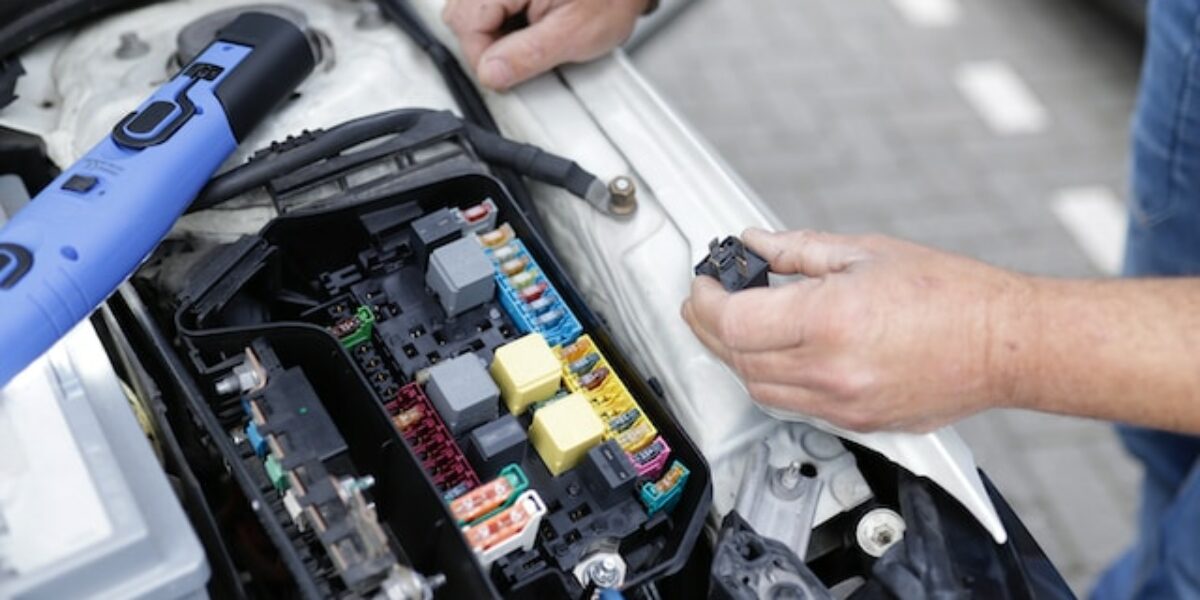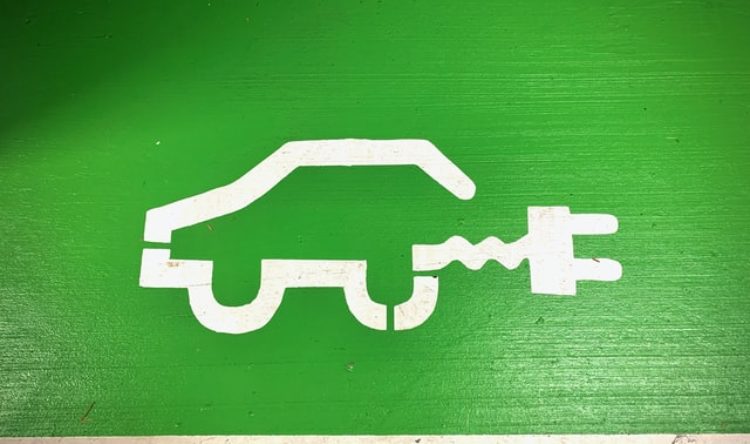Service please
Vehicle repair and servicing sees a rise in complaints from customers
Questions are being raised about the quality of motor vehicle service and repair in the UK
New statistics from The Motor Ombudsman has seen the highest volume of cases brought by consumers. These are dispute resolution service requests and reveal a big increase in a single quarter complaints.
Under the clouds of high inflation and a general ‘cost of loving crises’, it perhaps no surprise that more consumers are feeling they are getting less value for their rising bills.
Dissatisfied
Between 1st July and 30th September, the Ombudsman accepted a total of 1,348 new submissions from motorists. This is a rise of 10% from 1,226 in the second quarter, and equating to a 13% increase versus the volume seen during the opening three months of 2023 (1,189).
Furthermore, the number of disputes received by The Motor Ombudsman for Q3, also surpassed last year’s tally by 9% for the same period (1,238).
Diesel cars drove over half (52%) of the service and repair complaints in the past three months. These were followed by petrol models (40%), electric vehicles (4%), and hybrids (4%).
Under pressure
The heightened case volumes (3,763 to date in 2023) is thought to have been sparked by the financial pressures associated with the cost of living crisis. It has led to a greater likelihood to make a complaint and help recoup perceived losses. If so, the figures do not represent declining standards in this area of the automotive sector.
Just over half (51%) of complaints stemmed from disputes logged in the “drivetrain” category. Engines were responsible for 73% of these complaints. Examples included engine failures due to incorrectly fitted oil filters and turbos,
This is followed by the transmission (15%), and the fuel and exhaust systems driving 12% of complaints respectively in this category. Reconditioned gearboxes being installed on vehicles before getting customer consent were a headline issue.
Not on the tin
Customer service accounted for the second highest number of disputes (17%). Discontent originated from factors such as prolonged delays to repairs. Often no courtesy car was provided or offered. Vehicles being damaged whilst in the care of a business, and customers paying for diagnostic work that did not identify the root cause of the faults reported are also key issues.
Over 10% of complaints related to the chassis. These cover suspension, brakes, wheels, and the steering. Problems highlighted by consumers include different tyre sizes being fitted on a single axle, and cars having winter and summer tyres at the same time.
Other disputes related to shock absorber failures causing uneven ride heights, and even more worrying, brakes malfunctioning following software updates.
Electrical issues (10%) were also a cause for consumer complaints. Cruise control systems malfunctioning, EV batteries draining faster than expected, and brake lights not illuminating during pedal activation, amongst the faults registered.
Compensation
Requested resolutions by consumers were free of charge repair (28%), compensation (25%), and a full refund (22%).
The average level of compensation was £4,258, an increase of 16% versus the figure of £3,675 seen for the first six months of 2023.
“This year has seen a notable uplift in the volume of contacts received from consumers,” says Bill Fennell, Chief Ombudsman and Managing Director of The Motor Ombudsman.
“With the rising costs to maintain and keep a car on the road, combined with other significant financial pressures on households, this is driving a greater likelihood to make a complaint.”
Fennell believes the uplift in complaints is only likely to rise, and is expecting to have deaslt with more than “5,000 service and repair disputes by year-end”.
“2024 is likely to follow a similar trend according to current projections” he adds.






